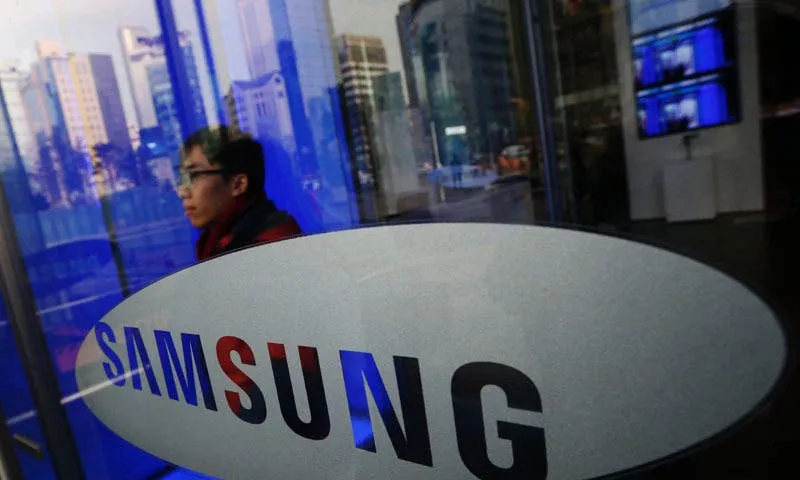Samsung announces record profits in Q3, but expects lower for next
SamsungWednesday, 31 October 2018 at 06:32

Samsung reports revenue of $57.46 billion in the third quarter of 2018 - a record that the firm has achieved primarily due to growing demand for semiconductor and OLED displays. The mobile division nevertheless marks the step despite sustained sales of smartphones in the premium segment. The manufacturer reveals a drop in sales in the entry and mid-range segment, but hopes for a recovery in the last quarter, traditionally boosted by the holiday season.
Looking at the global picture, Samsung has earned itself a pat on the back, improving on its sales total with more than 5%, reaching $57.46 billion. More importantly, however, the company’s consolidated profits are up 20.9% from Q2 of 2018, hitting $15.41 billion.
These good figures, the manufacturer owes them mainly to its semiconductor business, thanks to sustained demand in NAND and DRAM. This activity alone generated $11.98 billion in profits. The screens business also made good progress, bringing the equivalent of $965 million. On the other hand, mobile activity is slipping this quarter, compared with the previous quarter and the same quarter last year, despite Samsung's claim of "sustained sales in the Premium segment".
Samsung expects a slowdown in demand for memory chips in the fourth quarter, and therefore an overall decline in net operating income over the last three months of the year. These good results of the semiconductor business prompt Samsung to invest. The manufacturer will invest the equivalent of $27.86 billion to build new production units for its chips.
An activity that benefits both its own smartphones and those of competing manufacturers, including Apple. These results are reassuring investors after a second quarter where the manufacturer had announced a decrease of 0.1% of its net profit compared to the previous year, against a backdrop of a slowdown in the mobile business and screens.
Loading






